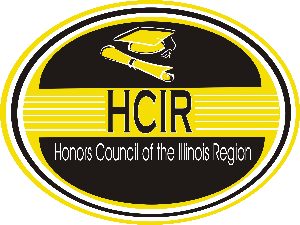Event Title
Korean Labor: The Other Side of the Miracle on the Han River
Location
HSC 2322
Start Date
28-2-2015 11:00 AM
Description
Exploring the streets of the now infamous Gangnam district of Seoul, the capital city, it is difficult to believe that about sixty years ago the Republic of Korea or South Korean was one of the poorest nations in the world with a majority of its population living as peasants. Hailed as a model of rapid economic development, South Korea ascended to its position as a thriving industrial nation not through the free-market; South Korean development rests on the decisions made by autocratic governments. Through a strong economic intervention and the repression of workers, the government working with local conglomerates, known as Chaebols, brought capitalism to South Korea and in return, capitalism brought about the emergence of a strong labor movement.
Korean Labor: The Other Side of the Miracle on the Han River
HSC 2322
Exploring the streets of the now infamous Gangnam district of Seoul, the capital city, it is difficult to believe that about sixty years ago the Republic of Korea or South Korean was one of the poorest nations in the world with a majority of its population living as peasants. Hailed as a model of rapid economic development, South Korea ascended to its position as a thriving industrial nation not through the free-market; South Korean development rests on the decisions made by autocratic governments. Through a strong economic intervention and the repression of workers, the government working with local conglomerates, known as Chaebols, brought capitalism to South Korea and in return, capitalism brought about the emergence of a strong labor movement.


